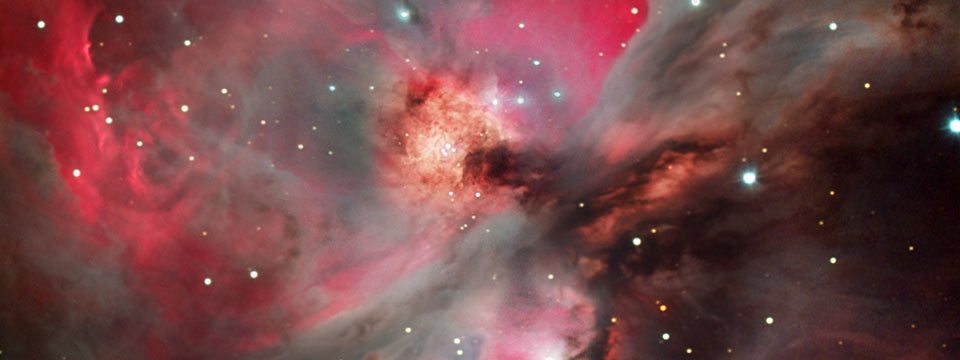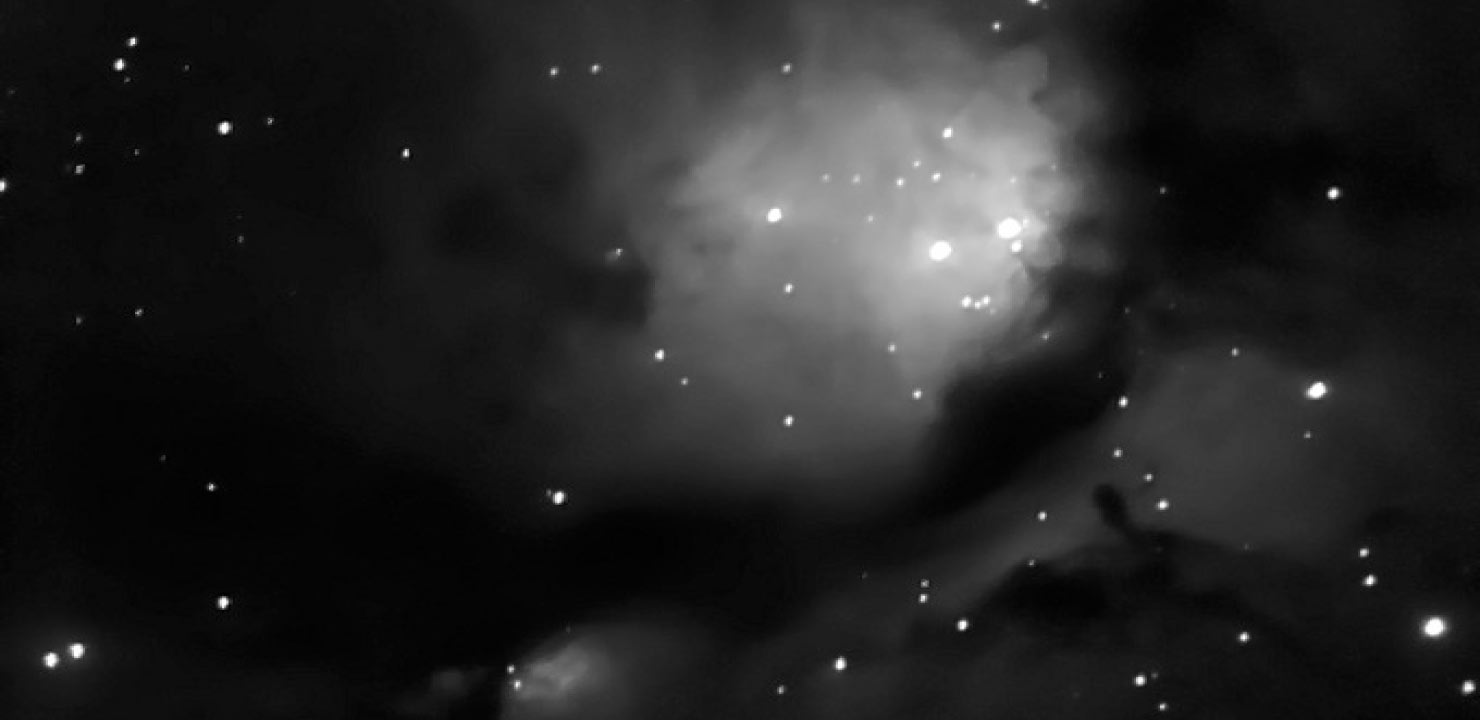The Sky in December
Meteor Shower
Geminids
Peaks December 12-14December Constellations & Folklore
By Francine JacksonObserving Projects for December
Some Bright Autumn Double Stars
: By Glenn ChapleSome Bright Winter Double Stars
: By Glenn ChapleA Selection of Double Stars in Orion
: By Glenn ChapleM74: Galaxy in Pisces
: By Glenn ChapleA Selection of Double Stars in Gemini
: By Glenn ChapleA Selection of Double Stars in Andromeda
: By Glenn ChapleStruve 817 Orionis
: By Glenn ChapleA White Dwarf You can Actually See!
: By Craig Cortis
The Winter Circle
: By Dave HuestisNGC 2362: Open Cluster in Canis Major
: By Glenn ChapleEpsilon Pegasi: The Pendulum Star
: By Glenn ChapleBeta Persei (Algol, the "Demon Star")
: By Glenn Chaple
NGC 7293: the Helix Nebula
: By Glenn Chapleh 3945 Canis Majoris
: By Glenn ChapleBeta Orionis (Rigel)
: By Glenn ChapleOmicron Ceti (Mira, the “Wonderful”)
: By Glenn ChapleCastor: alpha (α) Geminorum
: By Glenn Chaple
NGC 457 (the “ET Cluster”)
: By Glenn ChapleOrion the Hunter
: By Dave Huestisβ Monocerotis
: By Glenn ChapleObserve Delta Cephei
: By Gerry DyckDecember Constellations & Folklore
: By Francine JacksonM33: Galaxy in Triangulum
: By Glenn ChapleDecember Long Night Moon
: By Francine JacksonNGC 6939: Open Cluster in Cepheus
: By Glenn Chaple
NGC 891: Edge-on Galaxy in Andromeda
: By Glenn Chaple
Kaffaljidhma: Double Star in Cetus
: By Glenn Chaple
M31: The Great Galaxy in Andromeda
: By Francine JacksonTriple Star 40 Eridani
: By Glenn Chaple



